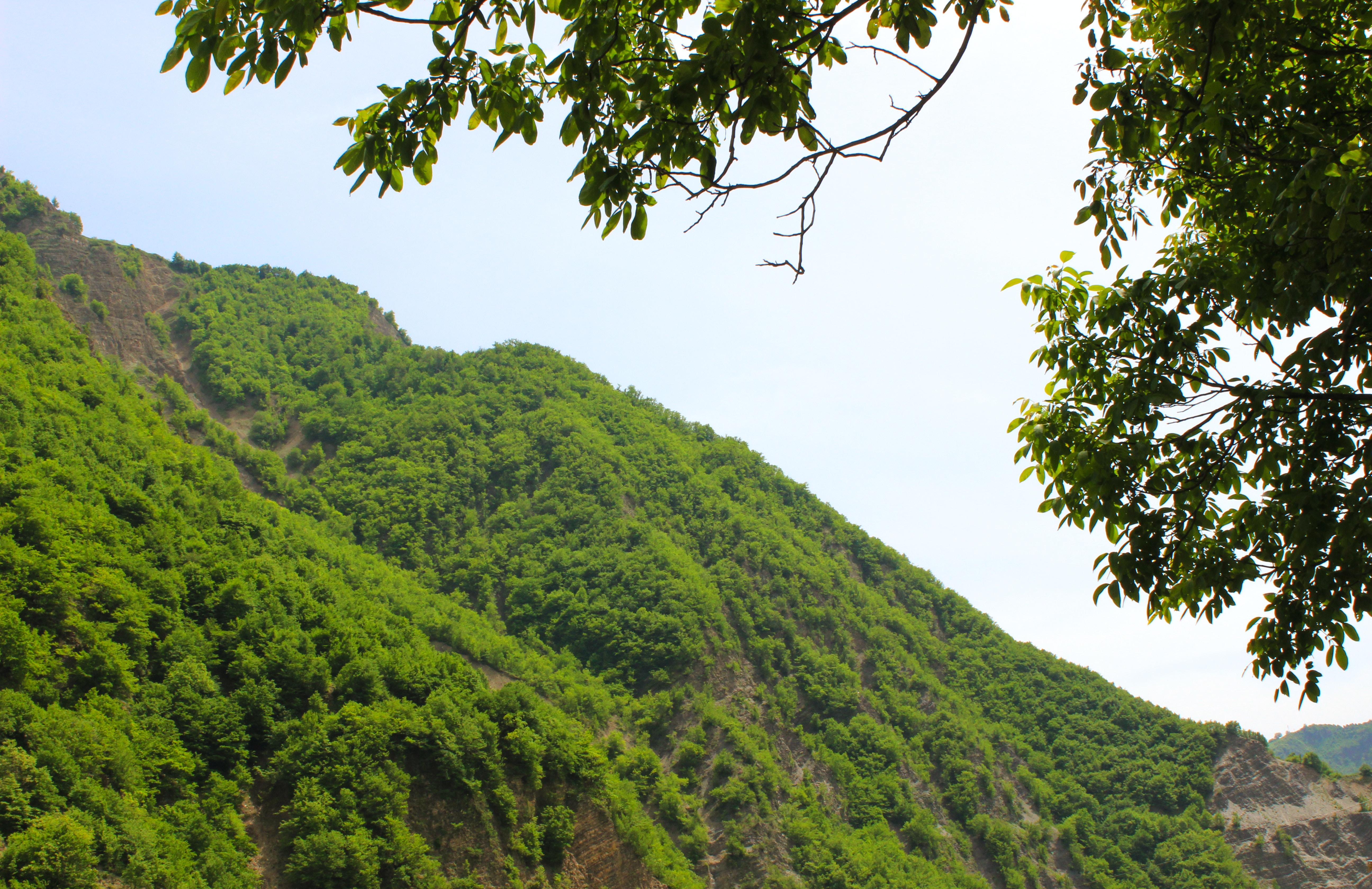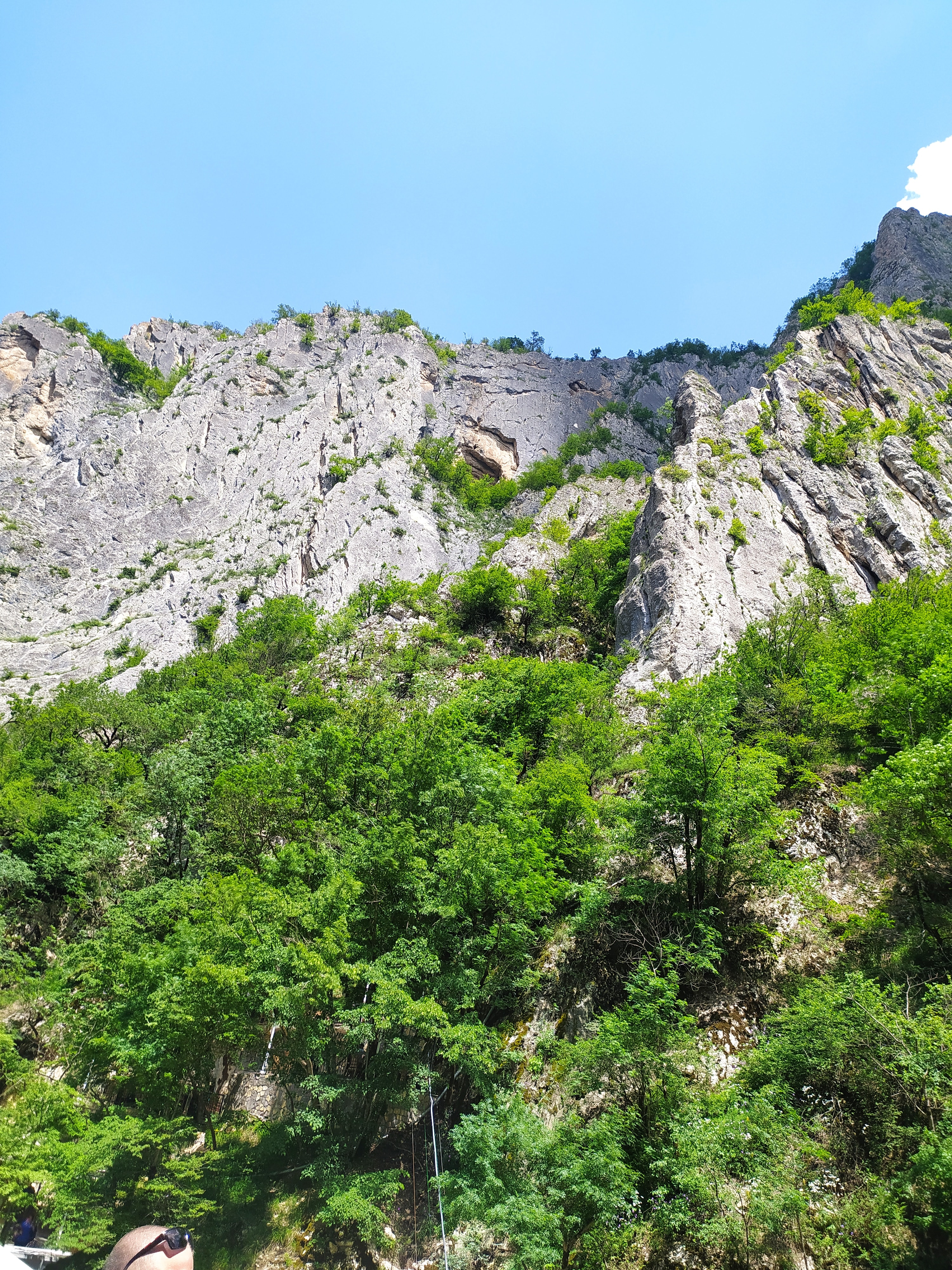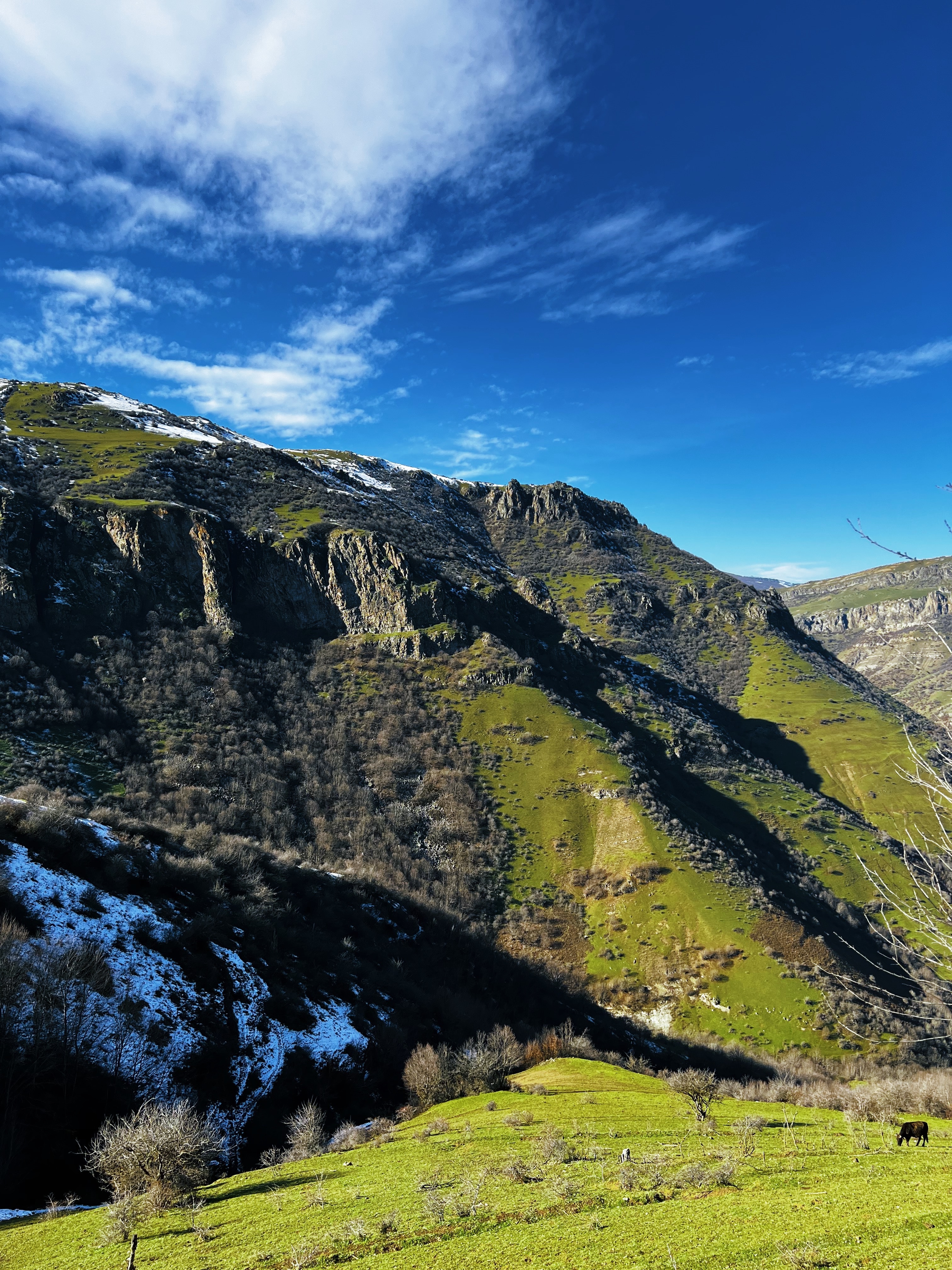
Country Profile: Azerbaijan

Surface area: 86.6 thousand sq. km
Population, total: 10.09 million
Population density: 122.1 people per sq. km of land area
Human Development Index (value): 0.754
Share of rural population: 46.9%
GDP per capita: 4 221.4 USD

Forest cover: 13.69%
Forest area: 1 131.77 thousand ha
Share of protected forests: 3.5%
Forest-dependent population: majority of rural population
Land use structure:


Forest ownership: 100% publicly owned
Forest management bodies: Department of Forest Development of the Ministry for Ecology and Natural Resources, which has local enterprises in forest areas.
Responsibility for policy formulation: Biodiversity Protection Department and Department of Forest Development of the Ministry for Ecology and Natural Resources responsible for the development of policies, relevant laws and regulations related to forest sector (national forest policy is integrated into the national environmental policy and is in line with national and sectoral development policies)
Forest policy objectives: preservation of ecological and protective functions of forests, sustainable management and use of forest resources, afforestation on suitable lands and restoration of degraded forest areas, integrated multipurpose management for the benefit of people of Azerbaijan, enhancing forest education and research, climate change adaptation and mitigation.
Main policy documents: Forest Code (1997 and amended in 2021), Law of the Azerbaijan Republic on Environmental Protection (1999, amended in 2021), National Programme for Forest Expansion and Restoration (promulgated in 2013), National Forest Program (under development since 2018), National Forest Concept 2015-2030

Share of degraded forest: no data
Major drivers of forest degradation and deforestation:
- overgrazing
- illegal cutting for timber and fuelwood (especially in remote regions with higher poverty rates and where enforcement of rules and laws is weak)
- road development
- increased number of picnic-based tourists with low educational level of the tourists and people involved in tourism business
- wildfires
Implemented restoration:
- from 2009 to 2018: reforestation activities on the area of 103375 ha
- from 2018 to 2020: reforestation activities on the area of 24412 ha
Restoration needs: tugai forests and mountain forests
Country target for forest restoration/ afforestation: national target is to plant or restore forests on an area of 593,000 ha (thereby increasing forest cover up to 20% by 2030)
Restoration potential: within the limit of 593,000 ha (according to preliminary estimate)
Restoration challenges: financial challenges, limited forest infrastructure, need to improve forest management system and national forest policy, lack of recent technical know-how to undertake the restoration work and preserve the restored forest
The following challenges in forest landscape restoration have been identified:
• illegal logging and unsustainable forest management,
• uncontrolled grazing,
• outdated forest inventory data and forest degradation and their restoration potential is not fully assessed in Azerbaijan,
• lack of financing and technical knowledge to undertake the restoration work,
• increase in forest fire and pest outbreaks,
• growing demand of the society on forest ecosystem services,
• need to modernize the forest management system and national forest policy,
• need to complete reforms of the forest sector institutions to increase their effectiveness and efficiency by raising their capacity and skills,
• great need for qualified and experienced personnel resources in forestry sector at all levels,
• impact of climate change requires the development of regional adaptation measures.
Azerbaijan, as a low forest cover country, has possibility to increase its forest cover involving local communities and creating additional jobs, thus contributing to the increasing well being of local population and decreasing illegal logging and unsustainable forest use.
Expansion of the forested areas through afforestation and new plantation is among the major forestry priorities of the Azerbaijan government as well as the Ministry of Ecology and Natural Resources. The target of the Ministry declared unofficially by authorities is to increase forest area from 11 percent up to 20 percent of the country’s land as a midterm goal. This declaration reflects the willingness of the state forestry sector although the target seems unrealistic unless new suitable (quality and quantity) land is allocated for afforestation and tree plantation (Government of Azerbaijan, 2013).
National Forest Program (under development), aims at strengthening the restoration of forest resources and sustainable management of their functional use, as well as improving the living standards of the rural population dependent on forest resources, contributing to increasing national and international financial support for forestry activities. National Forest Program aims to assist in the creation of appropriate institutional capacity and mechanisms for forest management, to ensure the development and improvement of strategies for the protection and sustainable management of forests.


